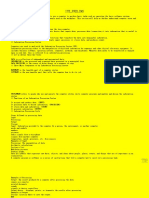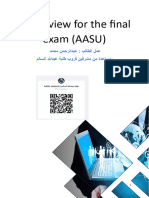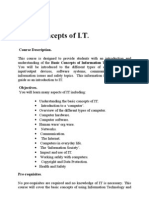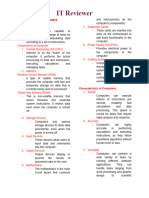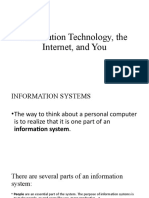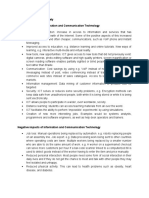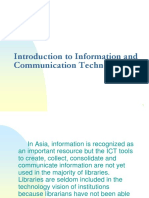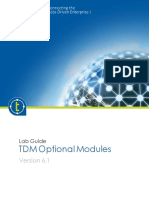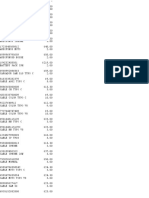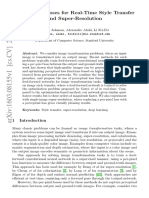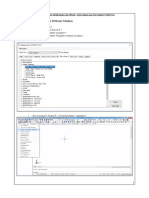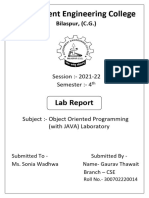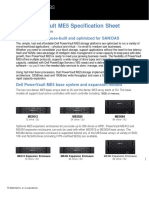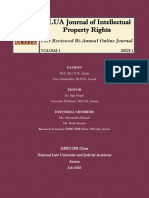0% found this document useful (0 votes)
55 views15 pagesIntroduction To Computing Application.
The document discusses different types of storage devices used in computers including primary and secondary storage. It also covers topics like information technology, its uses and disadvantages, characteristics of computers, and input devices used to enter data into computers.
Uploaded by
jh64102154Copyright
© © All Rights Reserved
We take content rights seriously. If you suspect this is your content, claim it here.
Available Formats
Download as PPTX, PDF, TXT or read online on Scribd
0% found this document useful (0 votes)
55 views15 pagesIntroduction To Computing Application.
The document discusses different types of storage devices used in computers including primary and secondary storage. It also covers topics like information technology, its uses and disadvantages, characteristics of computers, and input devices used to enter data into computers.
Uploaded by
jh64102154Copyright
© © All Rights Reserved
We take content rights seriously. If you suspect this is your content, claim it here.
Available Formats
Download as PPTX, PDF, TXT or read online on Scribd
/ 15

